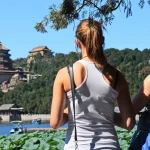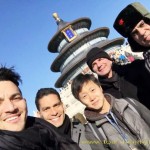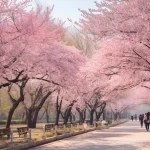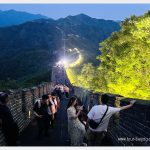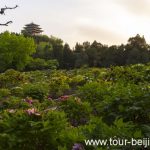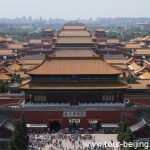Jiarong Tibetan Ancient Watchtowers
The Origin of “Jiarong (Gyarong རྒྱལ་རོང་)” Jiarong Tibetans are one of branches of the ethnic Tibetans, and now living mainly in Danba area. There are two origins for the word “Jiarong”(嘉绒) , also go by “Gyarong རྒྱལ་རོང་”. One means “Jia Mo Cha Wa Rong” (嘉莫察瓦绒), or simplified as “Jiarong”, an old administrative region referring to the area surrounding the sacred mountain known…
